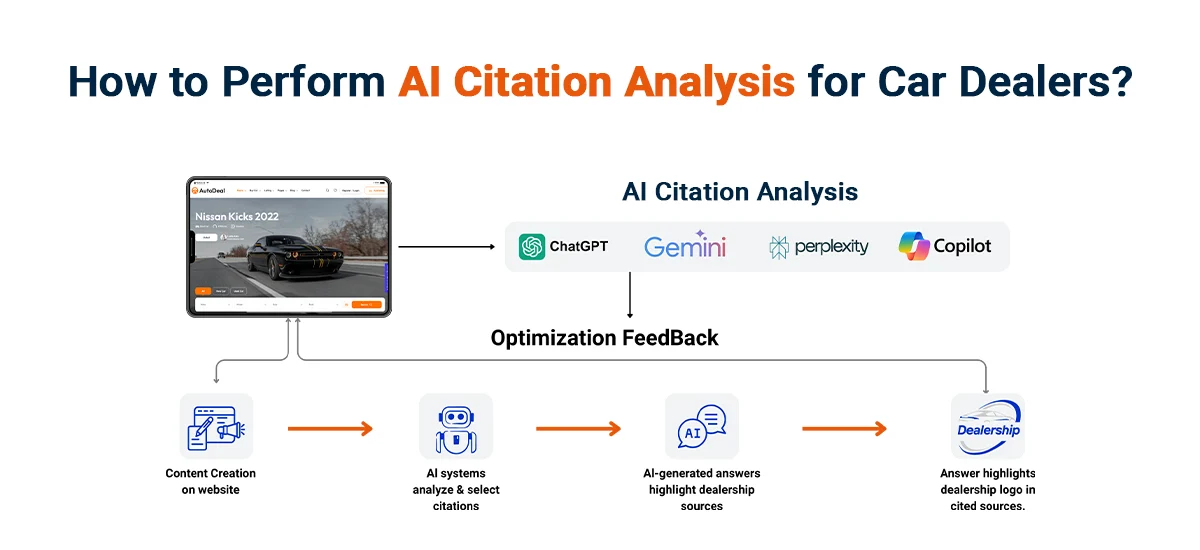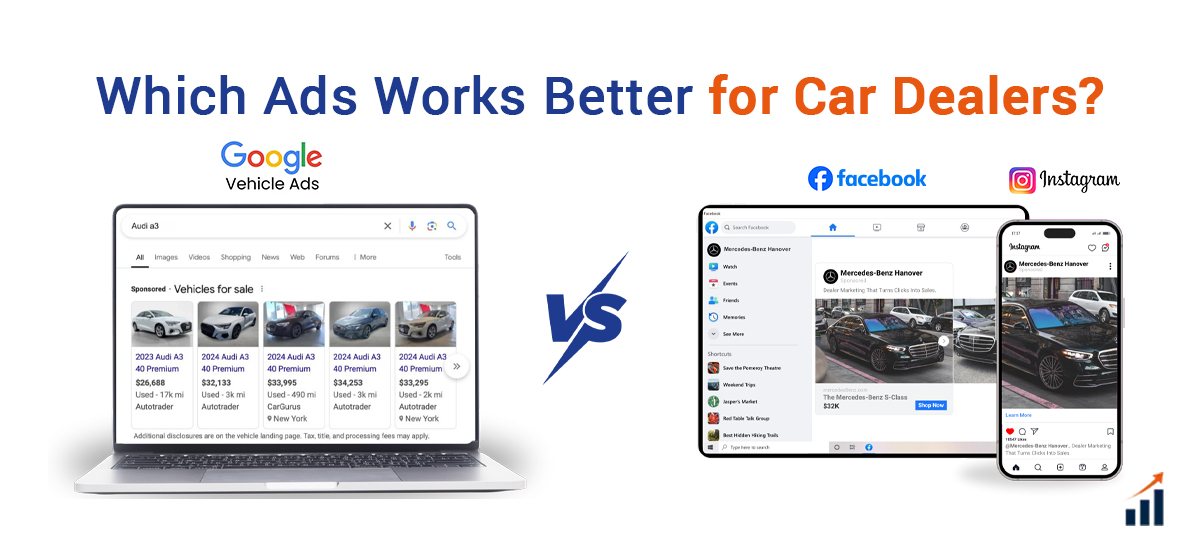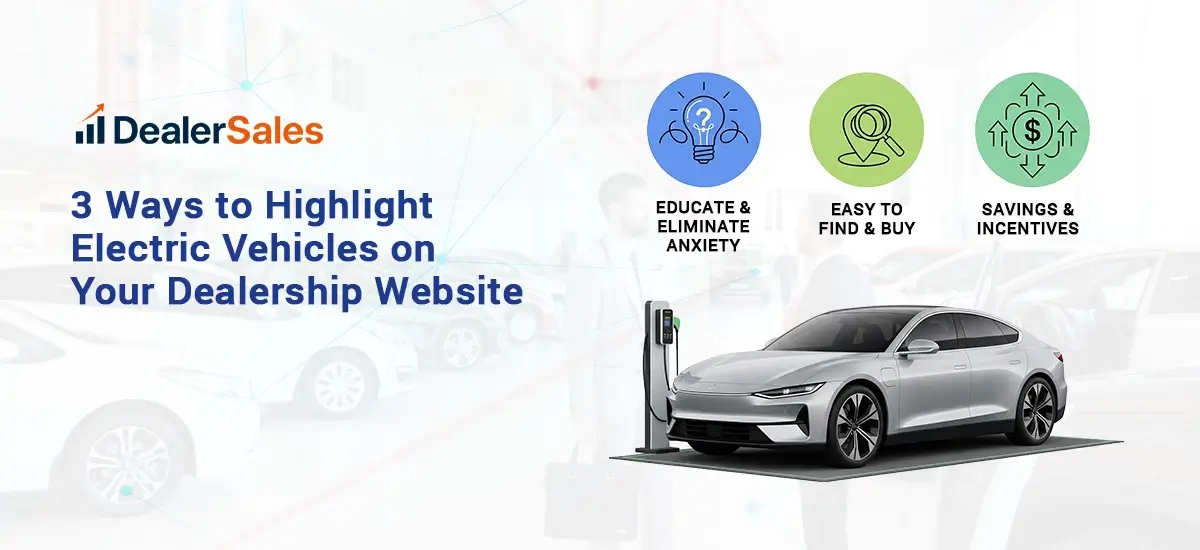In 2025, the way customers find car dealerships is changing fast. Traditional SEO is no longer enough. With AI assistants like ChatGPT, Perplexity, Google Gemini, and Bing Copilot delivering instant answers, dealers must optimize their content not just for Google—but for these Generative AI platforms. This shift is called Generative Engine Optimization (GEO).
This guide explains how U.S. auto dealers can adapt to GEO, structure content for AI assistants, and appear in the answers buyers see before they even click a link.
GEO is the practice of creating content that AI tools can: – Understand easily – Summarize confidently – Cite in zero-click results – Use to answer buyer queries in real time
Unlike SEO, which focuses on keywords and backlinks, GEO focuses on structure, clarity, and AI-readiness.
Today’s car shoppers often skip Google entirely: – They ask ChatGPT: “Best used SUVs under $25,000 near me?” – They use Gemini to compare brands: “Honda vs Toyota reliability” – They use Perplexity for research: “What incentives are available for EVs in 2025?”
Your dealership needs content that feeds these AI engines exactly what they’re looking for.
AI tools favor content that answers specific questions. Include: – H2: “What’s the best time to buy a car in [Your City]?” – H2: “How much can I save on a used truck in 2025?” – H2: “Do EVs qualify for tax credits in [Your State]?”
Use natural, conversational answers below each heading.
Example:
Q: Is it better to lease or buy a car in 2025?
A: Leasing can be cheaper month-to-month, but buying gives you long-term value and equity.Add 4–6 FAQ blocks to every page.
AI assistants prefer pages with structured data. Add: – FAQ schema – Product schema for vehicle detail pages – LocalBusiness schema with hours, address, geo tags
Q: What are the most fuel-efficient SUVs in 2025?
A: According to EPA ratings, top picks include the Toyota RAV4 Hybrid, Ford Escape Hybrid, and Honda CR-V Hybrid.Keep these sections concise, source-backed, and well-formatted.
Even with AI-first results, local data matters. Make sure: – Your dealership is listed on Google Business Profile – You mention your city, state, and ZIP code in every blog and landing page – You link to nearby city pages: *“We also serve buyers in Plano, Garland, and Irving.”
The future of automotive marketing is about answering before being clicked. If your dealership content isn’t being picked by AI assistants, you’re invisible to the modern buyer.
By shifting from keyword-stuffing to AI-optimized structure, schema, and clarity, you’ll not only improve your SEO—you’ll future-proof your dealership’s visibility in a world ruled by answers, not ads.
Want to know if your site is ready for ChatGPT, Gemini, and Perplexity?




